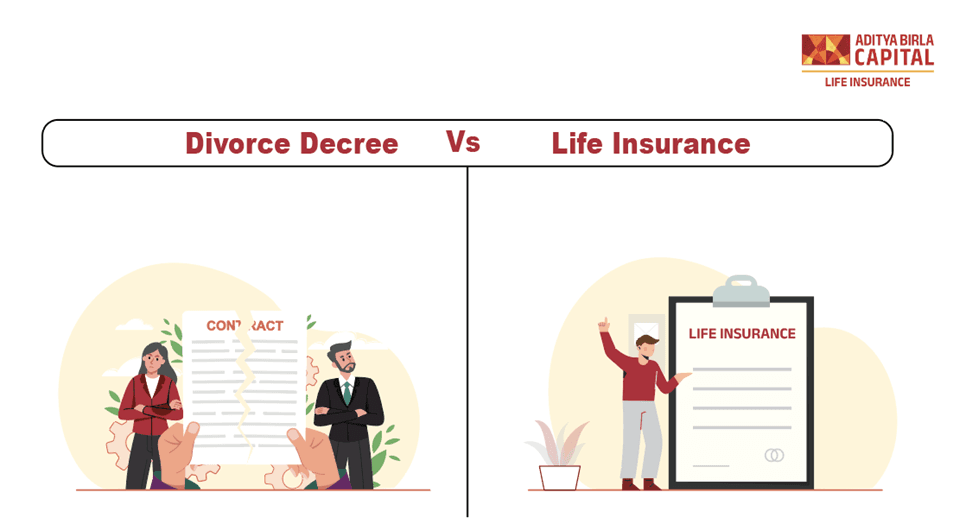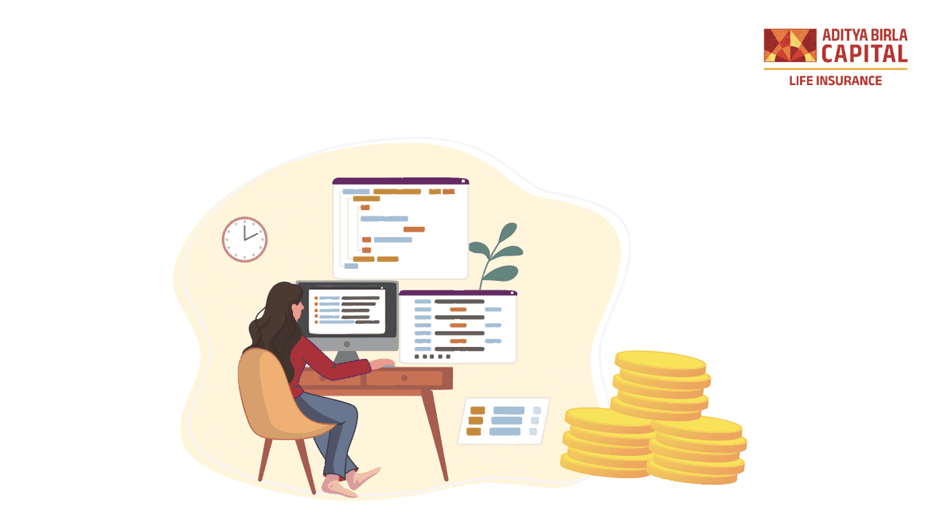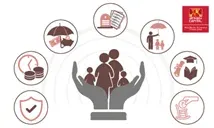Imagine we're sitting at a café, talking about the stuff that really matters—like why, even in 2024, women are still playing catch-up in the world of life insurance. It’s pretty wild, isn't it?
Despite all the progress, life insurance is still seen as a “men’s thing.” Men more often go for life insurance policies because, traditionally, they’ve been the breadwinners. Meanwhile, women, who juggle a million roles, often end up with coverage that barely scratches the surface of what they really need. We’ve got homemakers, caregivers, entrepreneurs—women doing it all—but still underinsured because society hasn’t fully caught up to their true value. It resembles standing in a storm without an umbrella while every other person appears to be covered.
But here’s the silver lining: change is in the air, and it's the ideal opportunity for women to claim their spot, get the coverage they deserve, and close that insurance gap once and for all.
Women generally pay lower life insurance premiums than men, primarily due to their longer life expectancy—about 74 years compared to 70 years for men[1], according to 2023 UN data. Men often tend to participate in riskier behaviours like smoking and heavy drinking and are more likely to work in high-risk jobs such as mining or firefighting. These factors increase the likelihood of claims, leading insurers to charge men higher premiums. In contrast, women are considered lower risk by insurers, which allows them to secure better rates for the same coverage.
Despite benefiting from lower premium rates, women often remain underinsured compared to men. According to the IRDAI Annual Report[2], only about 97.38 lakh policies were issued to women in 2022-23, accounting for 34.20% of the 2.84 crore total policies—slightly down from a 34.7% share in 2021-22.
In this article, we will delve into life insurance for women, comprehend the reasons behind the gender gap, investigate its effect on women and highlight how to close this gap for improved financial stability!
Reasons Behind The Life Insurance Gender Gap
Let’s break into the various reasons why the gender gap comes into being in life insurance:
-
Challenging Outdated Gender Roles
Traditionally, men have been considered the primary earners, while women were often seen as caregivers. This outdated perception has fueled the belief that life insurance is more essential for men, neglecting the fact that women play a crucial role in household finances, both through paid work and unpaid domestic responsibilities.
-
Impact Of Income Disparity
The gender pay gap is real, with women in agriculture and salaried roles earning nearly 20% less than men, and this gap only widens as they climb the career ladder. The World Inequality Report 2022 highlights that in India, men earn a staggering 82% of the labour income, while women earn just 18%[3]. This income disparity directly impacts life insurance coverage since it’s often linked to earnings, meaning women typically end up with lower coverage. Plus, the ups and downs in their income can make women hesitant to commit to buying policies.
-
Misconception Of Lower Risk
Women often get lower life insurance premiums because they generally live longer and take fewer risks. But this can also make it seem like life insurance is less important for them, which might explain why fewer women end up buying it.
-
Overlooking Homemaker Contributions
Many women, especially homemakers, put in countless hours of unpaid work, from childcare to managing the household. Although this labour is invaluable, it often isn't reflected in life insurance assessments. The absence of a formal income doesn’t lessen the impact of losing someone who plays such a crucial role in the family. This oversight contributes to the gender gap in life insurance coverage.
-
Cultural Norms And Societal Responsibility
In India, cultural norms often assign financial responsibility primarily to men, viewing them as the main breadwinners. This perspective can result in less emphasis on life insurance for women. The expectation that men should be the primary focus of financial protection, while women are seen as secondary, only deepens the gender gap in life insurance coverage.
-
Bridging The Financial Literacy Gap
The National Centre for Financial Education (NCFE) reports a significant gender gap in financial literacy: just 21% of women in India are financially literate, compared to 29% of men[4]. This disparity in financial knowledge can leave women feeling less confident about financial decisions, including buying life insurance, which often results in lower insurance coverage.
Ever wondered why life insurance for women often falls short? Find out how closing this gap can change everything for women’s financial security.
Closing The Life Insurance Gender Gap
-
Recognising The Value Of Unpaid Labour
When we think about life insurance, we often picture the primary breadwinner—usually the one bringing home the paycheck. But what about the homemakers, caregivers, and multitasking superwomen whose unpaid labour keeps households running smoothly? It’s time we recognise the immense value of women’s contributions, both in and out of the workplace. Life insurance plays a crucial role in securing their dear one’s financial future, especially considering that women—whether they’re spouses, mothers, or daughters—significantly impact their family’s financial stability. Their absence can have profound consequences, making life insurance not just important but essential for protecting the loved ones they support every day.
-
Flexible Life Insurance Options
To truly close this gap, offering flexible life insurance options tailored to different income levels can make coverage more accessible for women. It’s like opening the door a bit wider, making it easier for them to get covered, even with the income gap still hanging around. This kind of flexibility could really help narrow that insurance gender gap.
-
Promoting Gender Equality
Emphasising gender equality in financial planning isn’t just a slogan—it’s a call to action. Women need to be actively involved in securing their family’s financial future, and life insurance plays a vital role in that process. By recognising the significance of their contributions to family stability, we can better understand how essential it is for women to be protected through life insurance. This proactive approach not only safeguards their loved ones but also empowers women to take charge of their financial well-being.
-
Women-Centric Insurance Products
Insurance products designed specifically for women and increased awareness about these options can make a real difference, especially when considering the unique financial realities of homemakers and working women. Policies that recognise the value of unpaid work and offer adequate coverage for the many roles women play in their families could go a long way in closing the gender gap in insurance.
-
Making Women Understand Why Life Insurance Is Essential For Them
Life insurance offers a safety net for dependents, making sure they’re not left struggling if the unexpected happens. With more women stepping up as key earners, having life insurance safeguards their vital contributions to the household. It’s not just about protection; it’s also a smart move for long-term financial planning, providing coverage and building cash value for future dreams like retirement or funding education.
For self-employed women and entrepreneurs, life insurance acts as a shield, protecting both their business and family from financial upheaval. It goes beyond just income replacement—it also accounts for domestic roles, covering costs tied to caregiving and household management if the need arises. And let’s not forget legacy planning: life insurance empowers women to leave a meaningful mark for future generations.
-
Targeted Campaigns
What’s needed are more targeted education and awareness campaigns that highlight the importance of life insurance for women. It’s not just for the primary earner; it’s for anyone who plays a significant financial role, including stay-at-home mothers whose daily efforts hold families together.
-
Encouraging Women To Take Charge Of Their Financial Planning
It’s all about getting women to take the reins of their financial planning. Think of life insurance as one part of a bigger picture that includes savings, investments, and retirement. When women understand their financial value, they can make smarter choices about the coverage they need.
In Conclusion,
To bridge the life insurance gender gap, we need to value women's financial roles—both paid and unpaid. By choosing smart, flexible policies and understanding their needs, women can secure their families' futures. Let's start treating life insurance as a must-have for everyone, not just a few.










